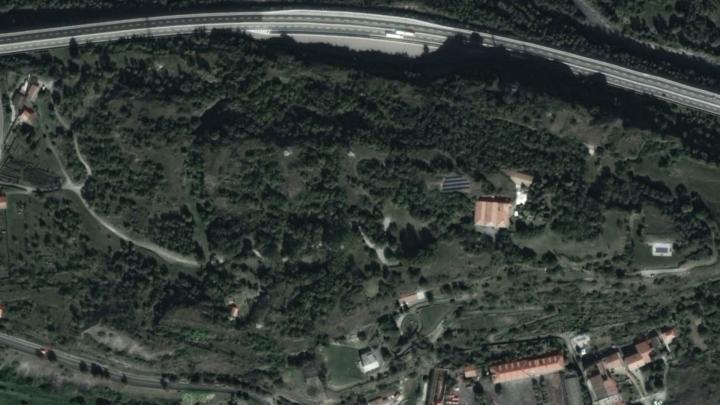The need to guarantee the defense of the Segusino stronghold, which the sixteenth century fort of Santa Maria was unable to assure, was the basis of the grandiose project for the fortification of Brunetta. The works, begun in 1709, with the War of Succession of Spain still in progress, the main characters played their role as the main engineers of the Kingdom of Sardinia: Antonio Bertola, Luigi di Willencourt, Ignazio Bertola, Pinto di Barri and finally, Nicolis de Robilant.
The rocks of the hill were remodeled in the shape of the designed bulwarks, thus limiting the properly constructive operation to the top section of the works. On the three main fronts to the west, defended by a system of contromina, the highest fort of L'Aquila followed, defended to the east by two bastioned fronts. The Government building were placed in this central body, the General Staff (Stato Maggiore) pavilion, the cistern and the ovens, the church of the Blessed Amedeo and the great well. The garrison districts were built at the eastern end of the complex, close to the redoubt Catinat.
The Forte Santa Maria was incorporated into the fortified plant by means of Giaglione's connection, through the Pradonne valley, behind which the hospital was located, the last large building of the complex which is still preserved today.
At the end of the war in the Alps, the Paris treaty clauses of 1796 sanctioned the end of Brunetta and was demolished with the mines.

